Cameras in the court: A step towards transparency or trial by media?
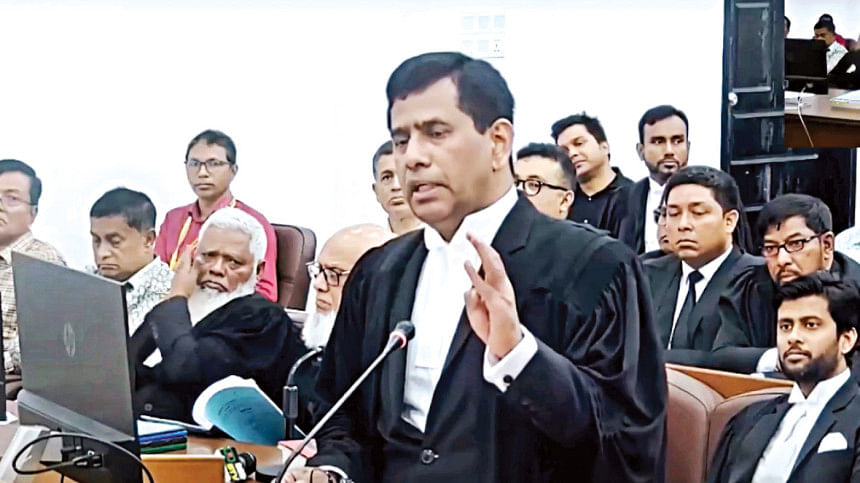
On June 1, a historic moment unfolded in Bangladesh's justice system. For the first time, the International Crimes Tribunal (ICT) allowed camera in the court for a live television broadcast of its proceedings, marking a bold step towards judicial transparency. The hearing involved the submission of formal charges against former Prime Minister Sheikh Hasina over alleged crimes against humanity during the student-led mass uprising in July-August last year.
This development follows the recent insertion of Section 9A into the International Crimes (Tribunals) Act, 1973, which empowers the tribunal to record and broadcast its proceedings under conditions that safeguard the safety, dignity, and privacy of participants. While the move has been widely welcomed as a stride towards accountability, it also raises critical questions: can justice truly be served in front of a camera? Or does the lens risk turning legal proceedings into spectacles?
There is no doubt that transparency strengthens trust in the judiciary. Bangladesh's legal system, like many others, has often been accused of opacity, inefficiency, and undue influence. By allowing the public to witness courtroom proceedings, the ICT opens its doors to scrutiny and, potentially, greater legitimacy. For a country grappling with past atrocities and democratic backsliding, such openness can provide catharsis and help restore public confidence.
Moreover, Bangladesh joins a growing number of jurisdictions embracing camera access in courtrooms. The International Criminal Tribunal for the former Yugoslavia (ICTY) set an early precedent by televising high-profile trials, most notably those of former leaders Slobodan Milosevic and Radovan Karadzic, both of whom were accused of human rights violations and war crimes. The goal was to educate the public, honour the victims, and demonstrate that no one is above the law.
However, the international experience also provides cautionary tales. In some cases, the courtroom turned into a stage. Milosevic used the broadcast to promote his political agenda, while Karadzic employed it to question the tribunal's legitimacy. For some observers, the televised trial of Saddam Hussein in Iraq appeared more as a spectacle of humiliation than a genuine pursuit of justice. Egypt's decision to televise former President Hosni Mubarak's trial backfired, with the iconic image of him lying on a hospital gurney inside a cage overshadowing the legal substance of the proceedings. Consequently, the presiding judge reversed his decision to televise the proceedings after the first day, citing the need to protect the public interest.
The core problem lies in the performative risk of broadcasting. While the public has the right to observe justice being done, there is a danger that justice may be swayed—if not by the camera, then by its audience. Witnesses may feel intimidated or reluctant. Judges and lawyers may alter their demeanour, consciously or subconsciously. And worst of all, public perception may be shaped not by legal reasoning but by dramatic moments clipped, edited, and circulated in the media.
The ICT in Bangladesh should consider developing detailed protocols for courtroom recording and media coverage taking guidance from the practice of international courts. These may include restrictions on camera angles, identity protection for vulnerable witnesses, and codes of conduct for journalists. The goal should not be to censor, but to ensure that courtroom decorum is maintained and that proceedings are not prejudiced by external pressures.
The media landscape of Bangladesh presents an added layer of complexity. It is diverse but often deeply polarised. While some outlets strive for responsible journalism, others may be tempted to sensationalise the trial proceedings for viewership or political mileage. In this climate, live broadcasts risk misinterpretation, with legal nuances lost amid headlines and soundbites.
How, then, can we balance the need for openness with the imperatives of fairness and dignity?
One approach is to adopt a filtered broadcast model, wherein selected portions of proceedings, especially those of public significance, are recorded and aired with contextual explanations. This mirrors practices at the International Criminal Court (ICC) and the ICTY, where full proceedings are recorded but public access is managed carefully. Such an approach safeguards the interests of victims and witnesses, avoids disruption, and provides the public with a coherent understanding of complex legal arguments.
The ICT in Bangladesh should consider developing detailed protocols for courtroom recording and media coverage taking guidance from the practice of international courts. These may include restrictions on camera angles, identity protection for vulnerable witnesses, and codes of conduct for journalists. The goal should not be to censor, but to ensure that courtroom decorum is maintained and that proceedings are not prejudiced by external pressures.
Another practical and meaningful reform would be the inclusion of English subtitles in trial broadcasts. Given that proceedings are conducted in Bangla, this would significantly expand accessibility for the international legal community and human rights observers. Bangladesh has long sought recognition for its commitment to justice, particularly in prosecuting international crimes; making such trials intelligible to global audiences would reinforce its credibility.
Importantly, the media must recognise its pivotal role. Journalistic freedom carries with it an ethical duty: to report accurately, explain legal developments with care, and avoid prejudging outcomes. Justice is a solemn process. The press must resist the temptation to exploit courtroom moments for clickbait or partisan narratives. Instead, it should help build a more informed, legally literate society.
As for the International Crimes Tribunal, the live-streamed hearing on June 1 was indeed a milestone. But whether this becomes a catalyst for enduring transparency or a cautionary tale of overexposure will depend on what follows. The tribunal should proceed with measured caution, learning from both global best practices and its own experience. The stakes are too high to risk turning justice into a performance.
Public trust in the judiciary cannot be manufactured through media optics alone. It must be earned through consistent fairness, rigorous legal reasoning, and above all, the assurance that justice is not only done, but done with dignity. Cameras may aid that mission, but only if guided by principles.
Barrister Khan Khalid Adnan is advocate at the Supreme Court of Bangladesh, fellow at the Chartered Institute of Arbitrators, and head of the chamber at Khan Saifur Rahman and Associates in Dhaka.
Views expressed in this article are the author's own.
Follow The Daily Star Opinion on Facebook for the latest opinions, commentaries and analyses by experts and professionals. To contribute your article or letter to The Daily Star Opinion, see our guidelines for submission.

 For all latest news, follow The Daily Star's Google News channel.
For all latest news, follow The Daily Star's Google News channel. 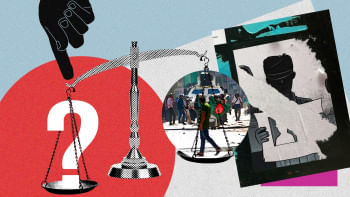
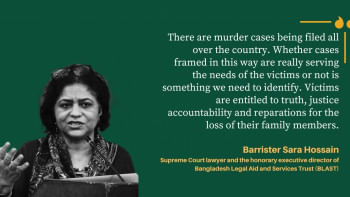


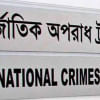





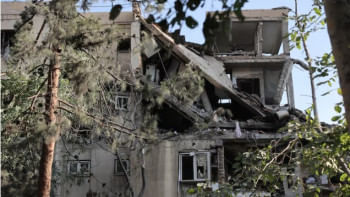
Comments